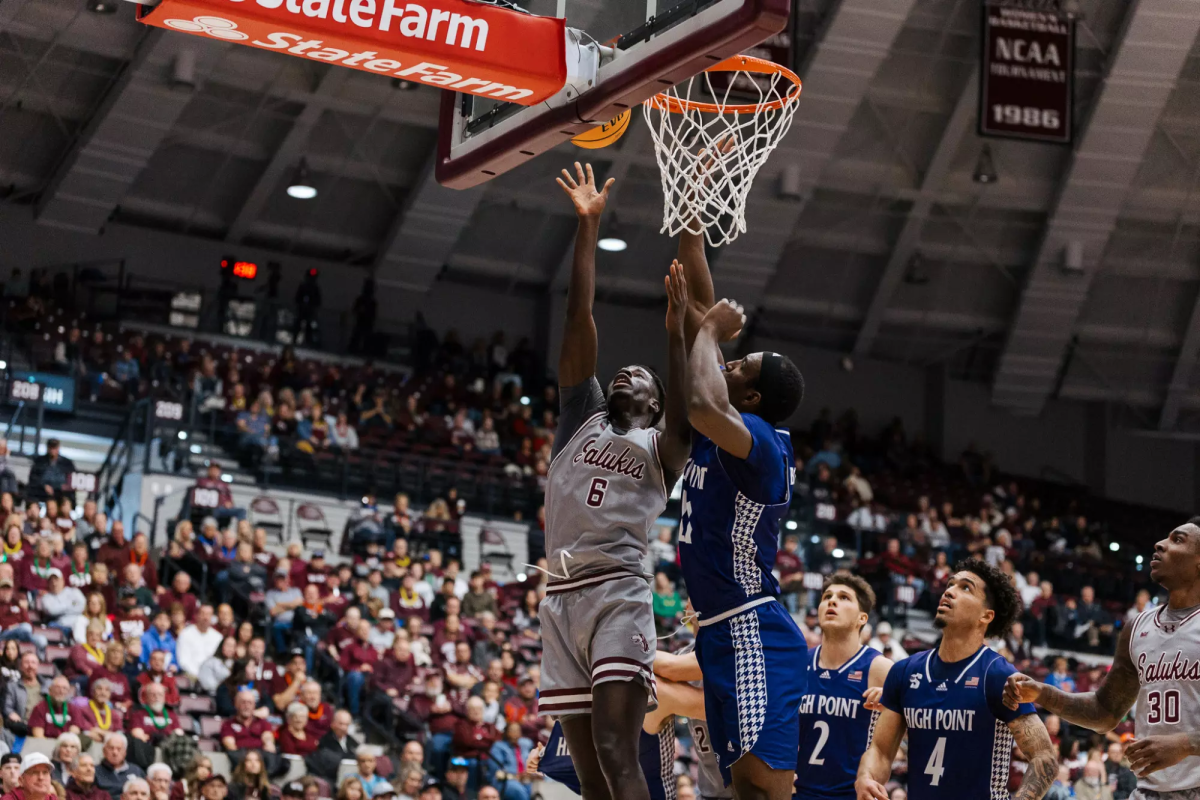Morris Library anticipates return of books from storage

March 7, 2012
Morris Library will soon have its books back.
The library moved a majority of the system’s books to storage facilities since renovations were made three years ago, and the books have been there ever since. However, the chancellor told staff members she is making the move a priority and has begun planning for it, said Susan Tulis, the associate dean for Information Services at the library.
Advertisement
Chancellor Rita Cheng said the project will be finished in less than one year.
Cheng said preparations for the move have already started, and in-house staff will be responsible for the move.
David Carlson, dean of libraries, said it is important for the university to have easy access to high quality information in whatever format is convenient.
In 2005, a $56.7 million renovation, the largest in university history, began in Morris Library to update the building’s facade, elevators, ventilation and storage space. During the renovation, a majority of the books were stored in the McLafferty Annex. The sixth and seventh floors, along with the basement, are where the majority of the library’s books are stored.
After the re-opening of the library April 16, 2009, the library waited for the completion of the sixth and seventh floors. The cost of setting up shelves and moving the books caused the transfer to be put on hold. Only the basement has been completed since the renovations ended.
Carlson said the move hasn’t happened yet because a lack of money and the complexity of the project. He said the library had to hire a consultant to coordinate the move, and students and other workers to shift the books, shelve, box and transport them.
There are about two and a half million books that need to be moved from McLafferty in a way where the books can be easily found and be kept safe during the move, he said. He said there are about 31 miles of shelving at McLafferty alone, giving an idea of how big the project is.
Advertisement*
The move would cost roughly $1.2 million to move the shelving and around $400,000 to move the books themselves, Carlson said. He said the transport will require disassembling the shelving, removing the books, putting them somewhere, disassembling the shelving at McLafferty, transporting and assembling the shelving to Morris, and then taking those books and putting them on the assembled shelving. This process will have to be repeated until the move is completed.
The library has hired William Overton, a consultant with expertise in book moving, to lead the move.
Overton said he is using plans set up during the move out of Morris Library to help move the books back. He said the project would require the movement of books and shelves from all different storage areas and said most books in storage will not be occupying the same shelves once they return to Morris.
He said he estimates moving the books alone will take roughly 10,000 man hours, and at least double will be required for the shelving. He said he will be looking for students for most of his work force.
“McLafferty represents for us our primary building for expansion and storage. With our move out of McLafferty and without access to floors six and seven, we have lost any meaningful growth storage for space for the collections,” Carlson said. “We do have space for the books we have today, and we’ll have space for the books we’ll buy over the next year or two, but after that, we are essentially going to have a book storage crisis on campus unless something is done and as a result of us moving out of McLafferty.”
Another concern is two of the storage areas are in horrible shape, he said, causing recent mold problems to affect thousands of books. Although the books have been taken care of this time, Carlson said he worries about more problems it may cause. He said the storage facility on Marion Street has caused the most trouble and is in the worst condition. Carlson said these buildings were only intended for short-term storage.
The accessibility of books has been varied in the eyes of students.
Sandra Robinson, a doctoral student in mass communication and media arts from Manhattan, Kan., said when she first used the library, she was shocked so many of the books were located somewhere else.
“I have learned to look for the materials I need in advance so I can request items from McLafferty without panicking over what I need to do,” Robinson said.
Robinson said she doesn’t think the library needs the books back, because the space can be used for other things. She said she is only upset about how many books she has to request through inter-library loan, and the libraries seem to lack books written by SIUC faculty members.
Jared Veal, an undecided sophomore from St. Louis, said he believes the students are being cheated out of readily available resources and said he views Morris Library as a giant study hall without the books present.
“I think having the books in the library is an essential part to helping my education,” Veal said. “I want them to be available to me right away, not later because they are being transferred. I would love it if they had the books back immediately.”
Advertisement








